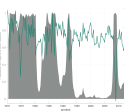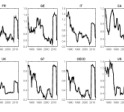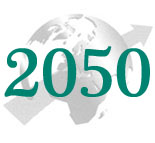The international elasticity puzzle is worse than you think
By Lionel Fontagné, Gianluca Orefice, Philippe Martin
With Brexit and the election of D. Trump, tariffs and exchange rates are back at the centre stage of policy debates. This column revisits the assumptions economists make when estimating how tariffs and exchange rates affect exporters’ performance.









(1).bmp)

